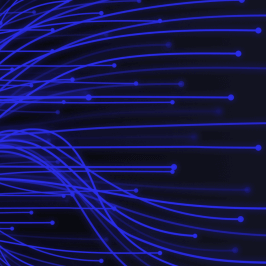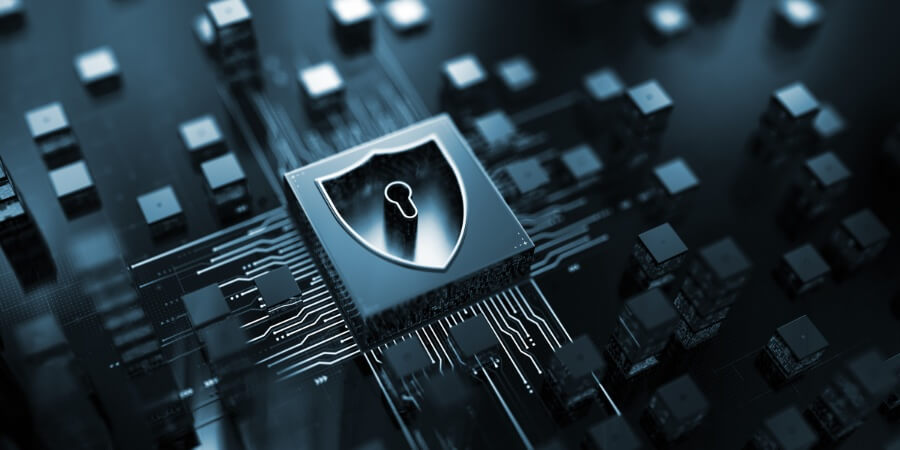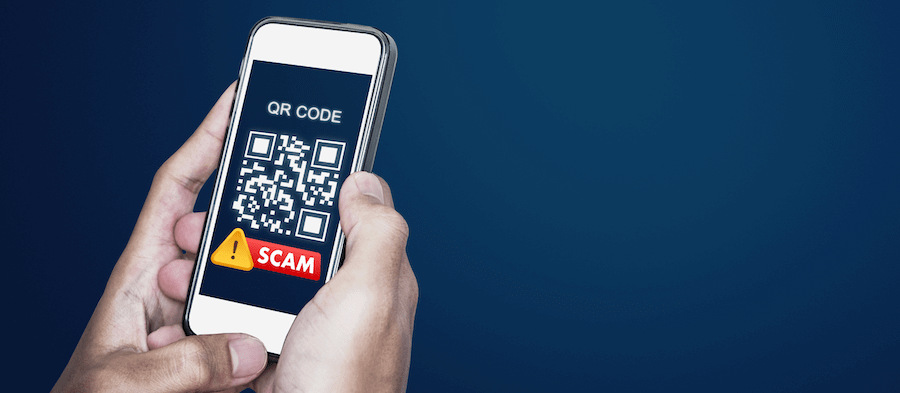SentinelOne One Layer of IT Protection
Endpoint detection and response (EDR) is a cybersecurity solution that consolidates data across all endpoints. This provides a full picture of potential cybersecurity threats. As we discussed in a previous blog, EDR solutions can identify ransomware, unknown malware threats and malicious activity. These solutions differ from traditional anti-virus and anti-malware protection because they can identify viruses or malicious behaviors that are not yet known.
At Atlas, we recommend our clients use SentinelOne for EDR cybersecurity protection. With so many EDR solutions on the market, you may be wondering why we chose SentinelOne.
Why We Use SentinelOne for EDR
-
It’s an all-in-one solution
SentinelOne is an all-in-one next generation security solution. Thus, it takes the place of traditional antivirus software or endpoint protection (EPP) and offers the added protection of EDR. SentinelOne offers the most advanced cybersecurity protection in one tool. And, it can defend against multiple types of cyberattacks.
-
It pairs well with other cybersecurity solutions
To fully protect your business from cyberattacks, we recommend a layered approach to cybersecurity. This includes using a traditional antivirus, EPP, EDR, Advanced Threat Prevention (ATP) and Advanced Threat Detection (ATD) solutions.
SentinelOne works well with other cybersecurity tools, such as Huntress and Vijilan for additional layers of ATD. Finding tools that work together is important. They are all doing the same job of protecting your business from cyberattacks.
-
It offers rollback capability in the event of a cyberattack
Should a cybersecurity threat happen to go undetected by SentinelOne – and there’s a very low chance that one will – the tool also offers an additional rollback layer of protection. This feature enables the software to restore maliciously encrypted or deleted files to their prior state.
If any workstation becomes infected with malware, SentinelOne will also block that computer’s access to the rest of the network. This prevents the malware from spreading, which ensures other employees do not experience any downtime.





